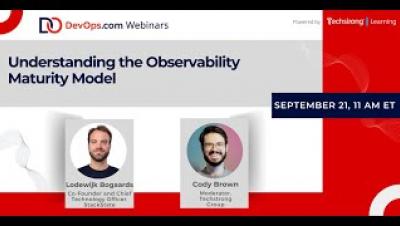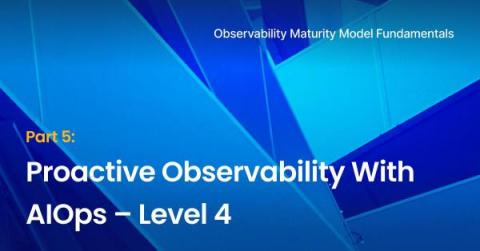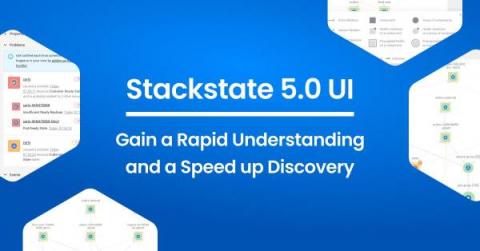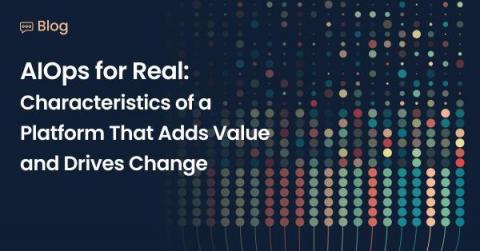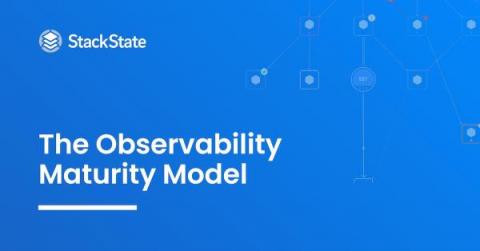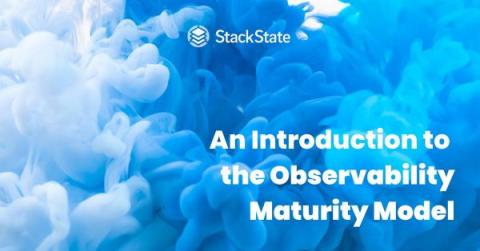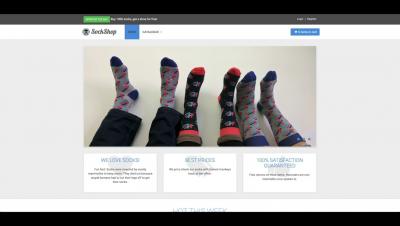Operations | Monitoring | ITSM | DevOps | Cloud
StackState
Understanding the Observability Maturity Model
Part 5: Proactive Observability With AIOps- Level 4
Level 4, Proactive Observability With AIOps, is the most advanced level of observability. At this stage, artificial intelligence for IT operations (AIOps) is added to the mix. AIOps, in the context of monitoring and observability, is about applying AI and machine learning (ML) to sort through mountains of data looking for patterns.
StackState 5.0 UI; Gain a Rapid Understanding and a Speed up Discovery
Do you experience this: Your brain seems to explode because there is so much you try to fit into ”working” memory? It can happen on a Friday afternoon, after a busy work week. Or on a Monday, looking at your calendar while figuring out how to fit in all those meetings and still get real work done.
Part 4: Causal Observability - Level 3
It’s not surprising that most failures are caused by a change somewhere in a system, such as a new code deployment, configuration change, auto-scaling activity or auto-healing event. As you investigate the root cause of an incident, the best place to start is to find what changed. To understand what change caused a problem and what effects propagated across your stack, you need to be able to see how the relationships between stack components have changed over time.
Part 3: Observability - Level 2
An organization at Level 2 in the Observability Maturity Model has built on the foundation of their monitoring capabilities and taken the first steps into observability. In recent years, two major trends have driven the need for the deeper insights that observability can provide.
AIOps for Real: Characteristics of a Platform That Add Value and Drive Change
When you’re investing in automation solutions, ultimately, tangible results need to follow quickly. Getting a return on investment (ROI) out of an automation project after two years is something that would have been OK in the not-so-distant past but is no longer acceptable nowadays. With the current speed of change, where new technologies come and go and existing ones evolve at lightning speed, IT teams require much faster time to value on automation investments.
Part 2: Monitoring - Level 1
The first level of the Observability Maturity Model, Monitoring, is not new to IT. But as reliable IT system operation becomes more and more critical, the importance of monitoring continues to increase. A monitor tracks a specific parameter of an individual component in the system to make sure it stays within an acceptable range; if the value moves out of the range, the monitor triggers an action, such as an alert, state change or warning.
An Introduction to the Observability Maturity Model
This series of six blogs outlines the basics of the Observability Maturity Model. Use it to identify where you are on the observability path, understand the road ahead and provide guidance to help you find your way.



